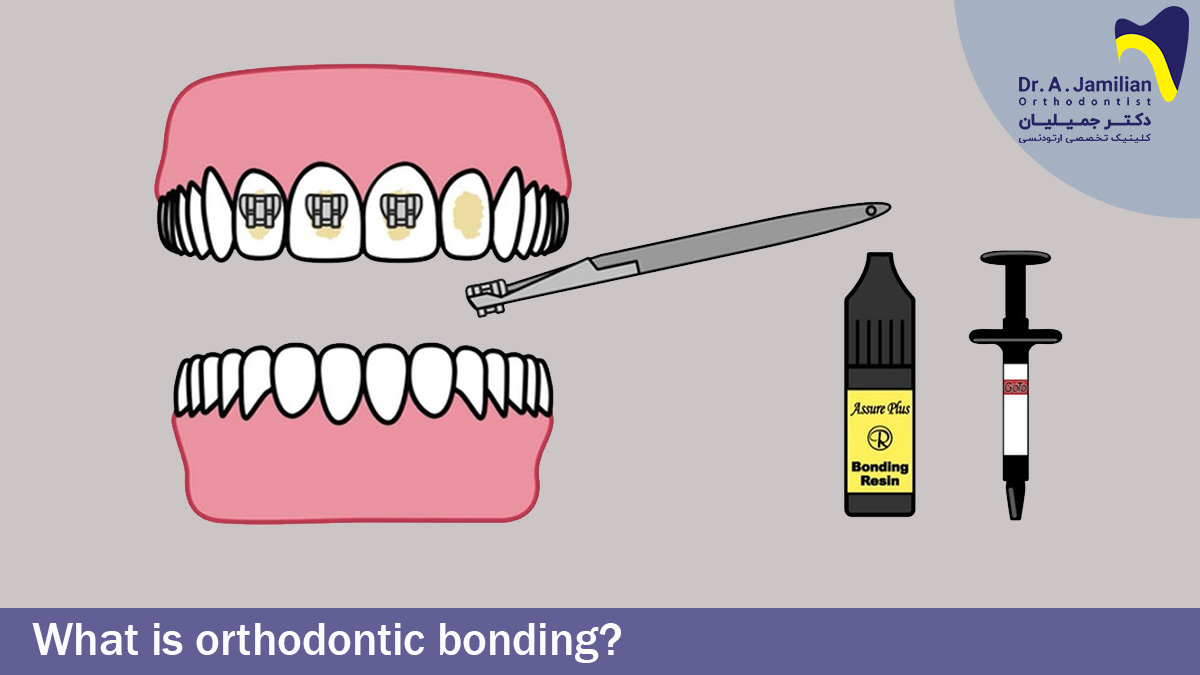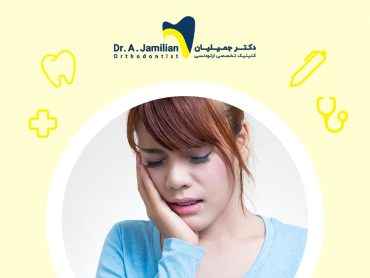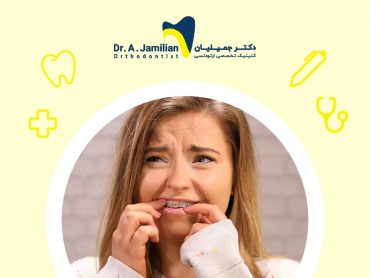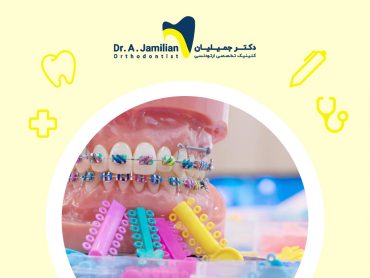Orthodontic bonding refers to the process of attaching orthodontic braces to teeth. Bonding methods have undergone significant changes over the years following the introduction of new materials, and it is currently possible to attach braces effectively and directly to the tooth enamel.
Braces can be considered the main tool in orthodontics. This tool consists of two main components, brackets and wires. Brackets are square pieces that are used on the front of the teeth to hold the wires. Bonding in orthodontics is actually used to attach these square metal pieces to the teeth.
The common method of bonding in previous years was that the orthodontist wrapped a bond or ring around each tooth and fixed the teeth. This method, despite its strength, was not aesthetically pleasing because it exposed a large part of the metal.
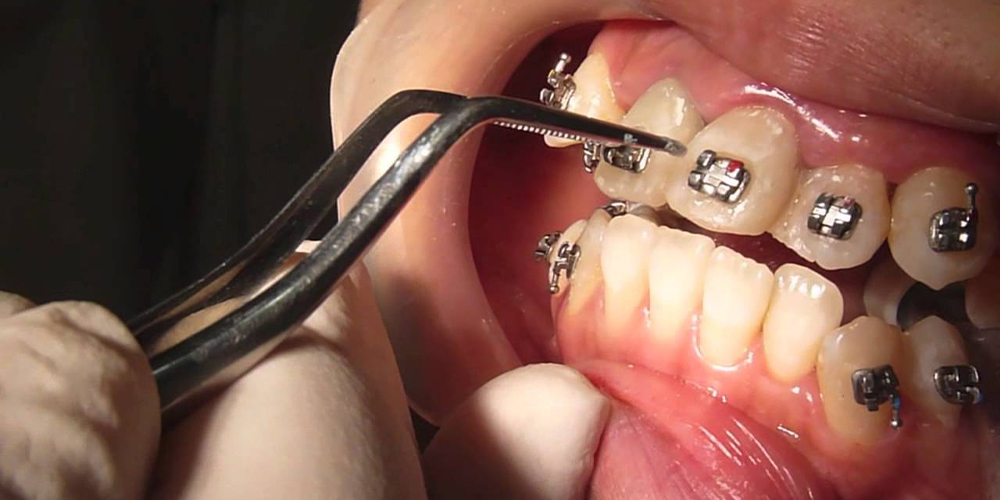
Bonding in orthodontic treatment is performed by a thin layer of adhesive that attaches the brace to the teeth. Bonding is currently performed through the two methods of direct and indirect using light or chemicals, which, if mastered by the dentist and his/her specialization in orthodontics, create a remarkable and suitable adhesion of braces and brackets to the teeth.
Indirect orthodontic bonding technique
In indirect orthodontic bonding; instead of placing the brackets directly on the teeth surface, the bracket is first placed on a dental plaster model and then the braces are transferred to the patient’s teeth. In fact, the dental plaster model acts as a sample of the patient’s real teeth, and the brackets are mounted on this model before being transferred to the patient’s mouth.
The direct bonding method significantly reduces the time for placing the braces on the teeth. Due to braces being previously placed on the dental plaster model, there is no need to place them one by one on each tooth.
Important advantages of this method are mainly to two “things”. These include reducing orthodontic bonding time and reducing the duration of using retractors (to keep the patient’s mouth open). This method also reduces the possibility of bracket loosening.
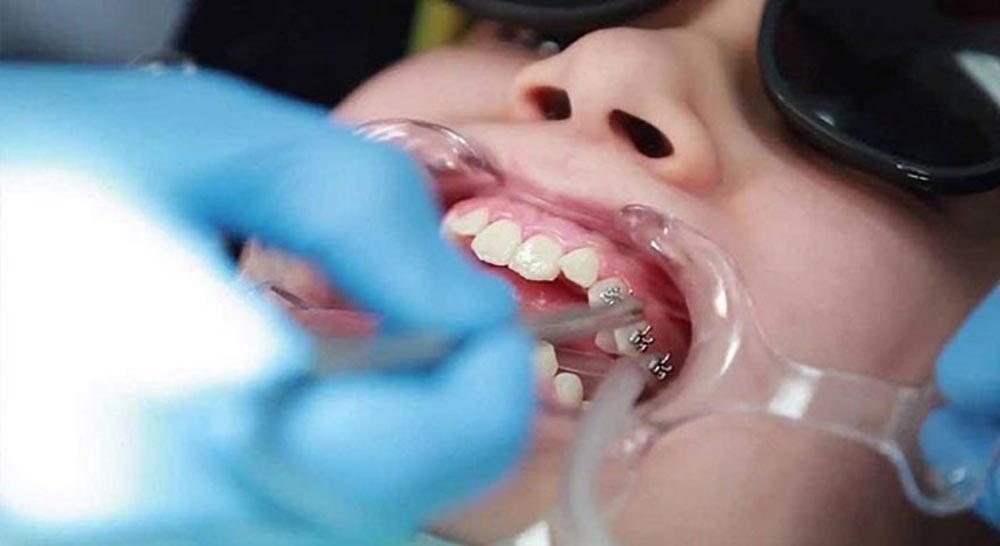
On the other hand, although this method shortens the patients’ visits and treatment time, the increased possibility of moving the brackets and relocating them in this method is considered a disadvantage.
Direct orthodontic bonding technique
Direct orthodontic bonding, the brackets are placed directly and individually on the enamel of each tooth. This method takes more time than the indirect bonding method.
As the most important advantage, direct bonding ensures proper attachment and placement of the brackets on the teeth because there is no dental plaster model and the brackets are directly mounted on the teeth. The orthodontist also carefully examines each tooth and attaches the bracket to the tooth based on the position of the root, the crown, and the enamel strength.
As predicted, retaining the mouth with the retractor for a longer period of time, both in terms of patient tolerance and orthodontist fatigue, is the major disadvantage of this method.
Steps of orthodontic bonding
Bonding in orthodontics consists of different stages, which include the following stages:
- Polishing teeth with a special flavorless paste
- Drying the teeth using a retractor to separate the lips from the teeth
- Using an acidic conditioner gel on the tooth surface to remove excess layers
- Cleaning gel and brushing teeth
- Putting the primer on the teeth
- Placing the orthodontic bonding cement on the back surface of the braces
- Putting the braces on the teeth
- Bracket placement
- Cleaning the remaining bonding cement
- Hardening the cement with light or chemicals
- Removing the retractor and inserting the arch wires
After completing the mentioned steps, the mouth completely dries. The dryness of lips and cheeks during bonding, particularly, in direct bonding is one of many things. It may be annoying, but after completion of the process, it heals quickly with washing, and if you listen to the dentist’s recommendations there are often no lasting side effects.
It should be noted that orthodontic bonding is completely painless.
